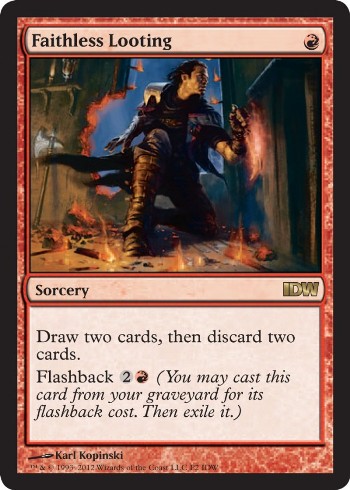

When counterfeit cards enter the market, it changes the value that the current cards have. Wizards spends years developing cards and then releases them in a controlled fashion. Counterfeit printing operations have become more sophisticated and the fake cards they sell may fool experienced players. In earlier years, fake MTG cards were pretty easy to spot. Companies like Games Workshop and others have been fighting similar issues with wargaming recasts for years now. This is a growing trend – fake toys have been plaguing many brands for years now, and it doesn’t seem to be slowing down. The game has become so popular, Wizards has recently started esports tournaments for Magic: The Gathering.Ĭounterfeiters have been making fake Magic cards almost since the beginning of the game. The vast majority of these cards have low values, but there are cards with values in the hundreds all the way to the tens of thousands. In fact, over twenty billion Magic cards were produced between 20. WotC has plenty to teach toy brands about combating IP infringements.Īs the oldest trading card game, Magic has produced billions of individual cards.This article outlines a number of methods of identifying the authenticity of a card.


WIzards of the Coast has careful measures for combating counterfeit cards.But counterfeit Magic cards is a real headache for fans and WotC alike. Introduced in 1993 by Wizards of the Coast (WotC), it now has more than 35 million players worldwide. Magic: The Gathering is a hugely popular card game played by fans all over the world.


 0 kommentar(er)
0 kommentar(er)
